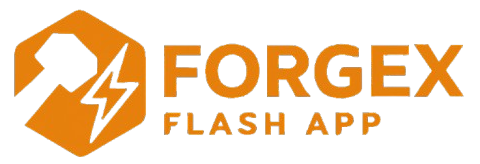Simulating crypto transactions is essential for developers, exchanges, and researchers who want to test applications without risking real funds. The BTC/USDT pair is one of the most traded in the crypto market, making it a frequent candidate for testing. By using testnets and simulation tools, you can replicate Bitcoin (BTC) to Tether (USDT) transactions in a safe, controlled environment.
This guide explains how to simulate BTC/USDT transactions step by step.
Why Simulate BTC/USDT Transactions?
- Risk-Free Testing – No need to use real BTC or USDT.
- Exchange Development – Developers can test trading engines and wallet flows.
- Wallet Verification – Ensure accurate balance updates and transaction confirmations.
- Educational Learning – Train new users and students in blockchain without financial loss.
- Security Research – Study transaction behaviors in different network conditions.
Tools You Need to Simulate BTC/USDT Transactions
- Bitcoin Testnet – A blockchain for testing BTC transactions.
- Ethereum or Tron Testnets – For simulating USDT, depending on the network (ERC-20 or TRC-20).
- Wallet Development Kits – Tools like Web3.js, Ethers.js, or BitcoinJS.
- Blockchain APIs – Services such as Infura, Alchemy, or BlockCypher.
- Crypto Simulators – Software that mimics trading and transfers.
ALT text suggestion:
“Dashboard of a blockchain API tool showing simulated BTC and USDT testnet balances.”
Step-by-Step: How to Simulate BTC/USDT Transactions
Step 1: Set Up Testnet Wallets
Create a Bitcoin Testnet wallet and an Ethereum/Tron testnet wallet for USDT. Many wallets support testnet mode for developers.
ALT text suggestion:
“Screenshot of a testnet wallet with BTC and USDT balances.”
Step 2: Request Testnet Tokens
Use official faucets to receive free testnet BTC and USDT tokens. These have no real-world value but act like real assets for testing.
Step 3: Connect to Blockchain APIs
Use API providers like Infura or Alchemy to interact with testnet nodes. This allows you to broadcast and monitor simulated transactions.
Step 4: Simulate BTC Transaction
Broadcast a BTC transfer on the Bitcoin testnet. Monitor how it appears in the mempool, confirms, and updates balances.
Step 5: Simulate USDT Transfer
Send USDT tokens on Ethereum or Tron testnets using smart contract functions. Check token balances and confirmations.
Step 6: Combine for BTC/USDT Simulation
Create a mock trading environment where BTC testnet tokens are “sold” and USDT testnet tokens are “received.” This simulates a real-world BTC/USDT trade.
ALT text suggestion:
“Visualization of a BTC to USDT testnet transaction flow in a simulated trading environment.”
Best Practices
- Always use testnet tokens to avoid financial loss.
- Keep tools updated for network compatibility.
- Log all simulated transactions for audit and debugging.
- Use multiple testnets to test cross-chain scenarios.
Conclusion
Simulating BTC/USDT transactions is a powerful way to test blockchain systems, train users, and build secure applications without risking real funds. By combining Bitcoin and USDT testnets, APIs, and developer tools, you can replicate real-world scenarios in a safe and controlled environment.
For blockchain developers and crypto businesses, adopting transaction simulations is not just a best practice—it is essential for long-term security and reliability.
Tags:
#BTCUSDT #CryptoSimulation #BlockchainTesting #CryptoDevelopment #Testnet


